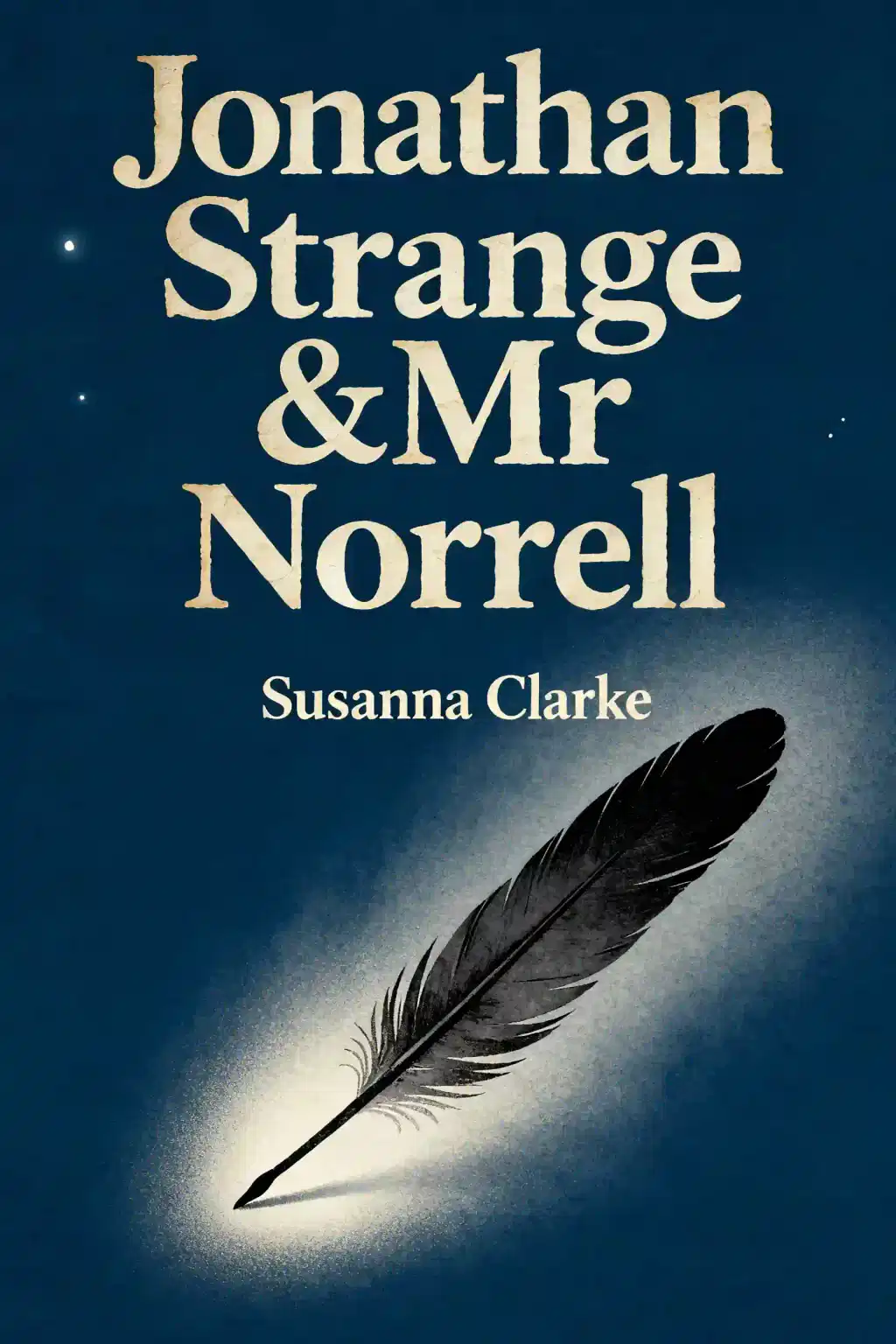What is
A Call to Action by Jimmy Carter about?
A Call to Action by Jimmy Carter exposes systemic global discrimination and violence against women and girls, including child marriage, genital cutting, honor killings, and sexual violence. Carter links these abuses to misinterpretations of religious texts and societal tolerance of warfare, urging religious leaders, policymakers, and individuals to adopt 23 actionable reforms like prosecuting sex traffickers and implementing UN resolutions on gender equality.
Who should read
A Call to Action?
This book is essential for human rights advocates, policymakers, religious leaders, and anyone seeking to understand gender-based violence. It offers data-driven insights for activists combating child marriage or workplace discrimination, alongside practical steps for promoting women’s leadership in peacebuilding and governance.
Is
A Call to Action worth reading?
Yes. Carter combines firsthand diplomatic experiences with stark statistics—such as 90% of U.S. military sexual assault victims being women—to deliver a compelling case for gender equality. The book’s blend of moral urgency and policy blueprints makes it a vital resource for driving societal change.
What are the main religious critiques in
A Call to Action?
Carter condemns patriarchal interpretations of religious texts that justify suppressing women’s rights, notably within Christianity, Islam, and Hinduism. He highlights his 2000 split from the Southern Baptist Convention over its rejection of female clergy, advocating for interfaith efforts to reinterpret scriptures through a gender-equitable lens.
How does
A Call to Action address U.S. gender inequality?
While global in scope, Carter critiques the U.S. for lagging behind peers in pay equity (23% wage gap) and political representation. He calls for prosecuting campus sexual assault, ratifying the Equal Rights Amendment, and increasing female leadership in business and government.
What policy solutions does Jimmy Carter propose?
Key recommendations include:
- Prosecuting sex traffickers and clients, not victims (Swedish model).
- Enforcing UN Resolution 1325 (women in peace processes) and 1820 (combatting wartime sexual violence).
- Banning child marriage and genital cutting through international treaties.
What iconic quotes define
A Call to Action?
- “The most serious and unaddressed worldwide challenge is the deprivation and abuse of women and girls”
- “Discrimination against women and girls… results in tangible harm to all of us, male and female”
How does
A Call to Action compare to Carter’s other works?
Unlike his memoirs or conflict-resolution books, this 2014 work focuses solely on gender inequality. It expands on themes from Carter’s humanitarian efforts with The Carter Center, emphasizing how women’s rights underpin global stability and economic progress.
What criticisms exist about
A Call to Action?
Some argue Carter overlooks grassroots movements led by women in developing nations. Others note the book’s heavy reliance on U.S.-centric examples, despite its global framing. However, critics praise its unflinching examination of religious complicity in oppression.
Why is
A Call to Action relevant in 2025?
With ongoing conflicts exacerbating violence against women and stalled U.S. gender-equity legislation, Carter’s advocacy for policy accountability and interfaith dialogue remains urgent. The book’s framework aids activists navigating post-#MeToo challenges and rising authoritarianism.
How can
A Call to Action inspire individual action?
Carter urges readers to:
- Support female political candidates.
- Challenge sexist religious teachings.
- Advocate for workplace equity and anti-trafficking laws.
These steps, he argues, collectively reshape societal norms.
What global statistics highlight the book’s urgency?
- 200 million women affected by genital cutting.
- 12 million girls married before 18 annually.
- 35% of women worldwide experiencing physical/sexual violence.















